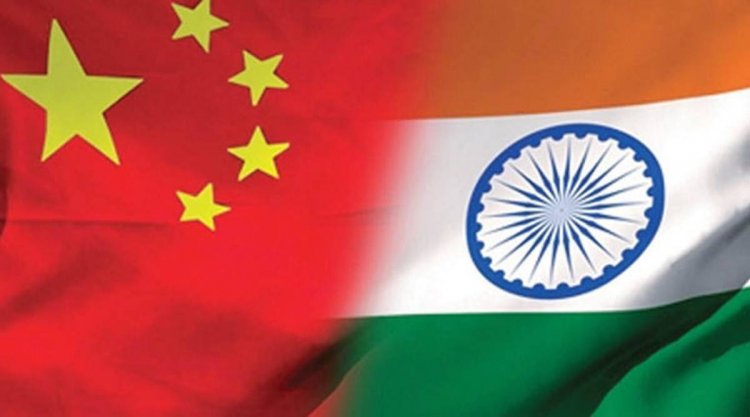India - China: China Upgraded Infrastructure, Firepower along Border
STORIES, ANALYSES, EXPERT VIEWS

China has carried out major upgrades on its side of the border in the last two years, according to intelligence inputs, writes Dinakar Peri (Defence Correspondent • The Hindu).
Infrastructure and accommodation
“In the western sector across the LAC, the accommodation capacity was for 20,000 troops in 2020 before the stand-off began. That has now been expanded to 1.2 lakh billets — infrastructure and accommodation-wise,” an official source said on condition of anonymity, citing intelligence inputs. “They have also set up captive solar energy and small hydel power projects all along the LAC. This enhances their winter sustenance capability manifold,” the source said, adding that this is apart from the model villages they are building all along the LAC.
This is within 100 km on the Chinese side from the LAC, the source stated.
Four PLA Divisions under the Xinjing military district are being rotated on their side facing eastern Ladakh. In 2020, when the stand-off began, the 4th and 6th Divisions were deployed, which were rotated with 8th and 11th Divisions in 2021. This year, the 4th and 6th Divisions have been redeployed as part of rotation. “All these Divisions are in the process of being converted into Combined Arms Brigade (CAB). Equipment upgrade is almost complete,” the source said.
Upgrading firepower
On the weapons upgrade, Peri cites sources as saying the 4th Division, which has one armoured regiment, has inducted the ZTQ 15 (Type 15) third generation modern light tank, replacing the ZTZ-88 first generation tanks in service. The 6th Division which operates the Type 96 A second generation tanks remains the same. In terms of technology upgradation, the fire control systems of the tanks have also been upgraded, sources said.
Similarly, two mechanised brigades which operate wheeled armoured personnel carriers (APCs) have upgraded from the ZBL-08 to the latest ZTL-11 APCs. The 11th Division remains a medium CAB, sources said. They have also inducted the CSK series of assault vehicles akin to U.S. Army Humvees.
Similarly, air defence and airbases closer to the LAC have been upgraded, including blast pens and extended runways, an official source said citing inputs. They have significantly upgraded their airbases all across, another official stated. The PLA has developed heliports at Shigatse and Rudok and airbases have been upgraded with extended runways and blast pens at Gargunsh, Lhasa and Guangzhou, the source said.
In terms of long range firepower, the PLA has upgraded its artillery by replacing the towed howitzers with truck-mounted howitzers having a range of 50 km. This gives better mobility, faster shoot and scoot ability and less deployment time, officials noted.
In addition, the PLA has deployed the PHL-3 Multi-Rocket Launch Systems (MRLS) with a range of over 100 km and has better targeting than earlier versions. This is a Chinese version based on the Russian Smerch MRLS, three regiments of which are in service with the Indian Army.
In the eastern sector, opposite Arunachal Pradesh, China has moved artillery guns within 50 km range from the LAC, the first source said.
In air defence, the older systems have been replaced with HQ-17 surface to air missiles and the long range HQ-9 has been deployed at Chip Chap ridge, inputs state. The HQ-9 is believed to be based on the Russian S-300 missile system with a range from 100 to 300 km.
Since the stand-off, India too has significantly expanded its military capability and augmented infrastructure on its side of the LAC. For instance, India too has deployed Smerch MLRS and BrahMos cruise missile systems in Arunachal Pradesh closer to the LAC.
Each side continues to deploy over 50,000 troops each in eastern Ladakh as the process of disengagement from friction areas and de-escalation remains incomplete.
As reported by The Hindu earlier, China has also significantly expanded its Unmanned Aerial Vehicles (UAV) network and usage in areas close to the LAC with their employment for a variety of tasks from intelligence, surveillance and target acquisition and reconnaissance (ISTAR) capabilities and logistics support. Flight sorties are being coordinated from a unified command centre and are extensively monitored for further improvement.
(The Hindu)
















